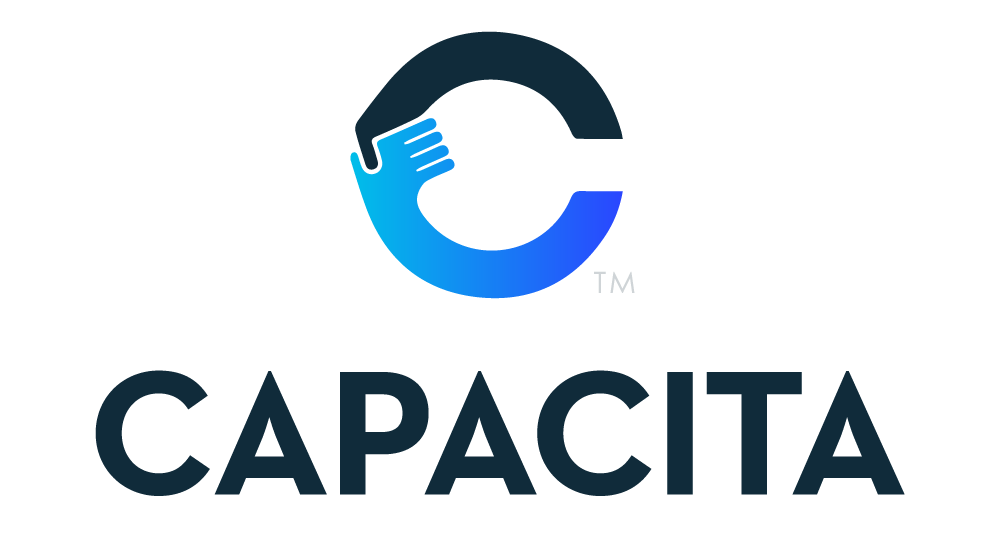Mastering Strategy Implementation: 5 Crucial Insights for Executive Directors
the five most important things every Executive Director should know about strategy implementation and prioritization
Today, we're delving into the intricate world of strategy implementation and prioritization, two vital elements that can make or break the success of any nonprofit organization. Executive Directors and nonprofit CEOs play a pivotal role in steering their organizations towards their missions, and we think understanding these concepts is key to leadership effectiveness.
1. Alignment with Mission and Vision
Strategy implementation must always be aligned with the organization’s overarching mission and vision. Every decision, and every action taken should reflect the organization's core values and long-term goals. Executive Directors must ensure that all strategies are designed to further the mission and bring the vision closer to reality.
If your organization does not have a clear mission and vision, we firmly believe you have to start there or else you risk ineffectiveness, waste, and low morale.
2. Clear Communication and Buy-In
Effective strategy implementation requires clear communication throughout the organization. Executive Directors must articulate the strategy in a way that resonates with all stakeholders, from board members to staff and volunteers. Additionally, gaining buy-in from these stakeholders is crucial for successful execution of the strategy. When everyone is on the same page and committed to the strategy, implementation becomes smoother and more effective.
3. Flexibility and Adaptability
In today's rapidly changing world, rigid strategies can quickly become obsolete. Executive Directors should understand the importance of flexibility and adaptability in strategy implementation. This means being open to feedback, monitoring the external environment and progress closely, and making adjustments as needed. A willingness to pivot when circumstances demand it can prevent wasted resources and ensure the organization remains relevant and responsive to evolving needs. We often say that each strategy component is itself a thesis that you’re testing as you climb the mountain of your ultimate goal. A scientist’s curious stance is a superpower we encourage in all of our client partner leaders.
4. Resource Allocation and prioritization
This is our CEO Adriana’s favorite part of strategy implementation and something we talk a lot about in our strategy implementation engagements. Prioritizing resources is a fundamental aspect of strategy implementation and people often undervalue its importance and impact on a successful strategy. Executive Directors must carefully allocate the organization's limited resources – whether financial, human, or time-related – to initiatives that align most closely with strategic goals. This requires a keen understanding of the organization's strengths, weaknesses, opportunities, and threats, as well as a strategic mindset to maximize impact within resource constraints. This component is also about recognizing that you can’t do everything, everywhere, all at once, and decisions need to be made to ensure that the organization makes concrete and meaningful progress in the direction of your goals.
5. Continuous Evaluation and Learning
Strategy implementation is not a one-time event but an ongoing process. Executive Directors should instill a culture of continuous evaluation and learning within their organizations. Regularly assessing the effectiveness of implemented strategies allows for course correction and improvement over time. Moreover, fostering a learning environment encourages innovation and experimentation, driving the organization towards greater success and sustainability.
How to create an effective strategy for a nonprofit
Strategy implementation and prioritization are essential skills for Executive Directors leading nonprofit organizations, but it’s not easy to know where to start. By aligning strategies with the mission, fostering clear communication and buy-in, embracing flexibility, making strategic resource allocations, and committing to continuous evaluation and learning, Executive Directors can navigate the complexities of strategy implementation with confidence and drive their organizations towards greater impact and effectiveness.
At Capacita, we're dedicated to supporting Executive Directors and nonprofit leaders in mastering these critical skills and achieving their organizational goals.
Get in touch with us today for a free consultation and we'll tell you all about how we can help.



